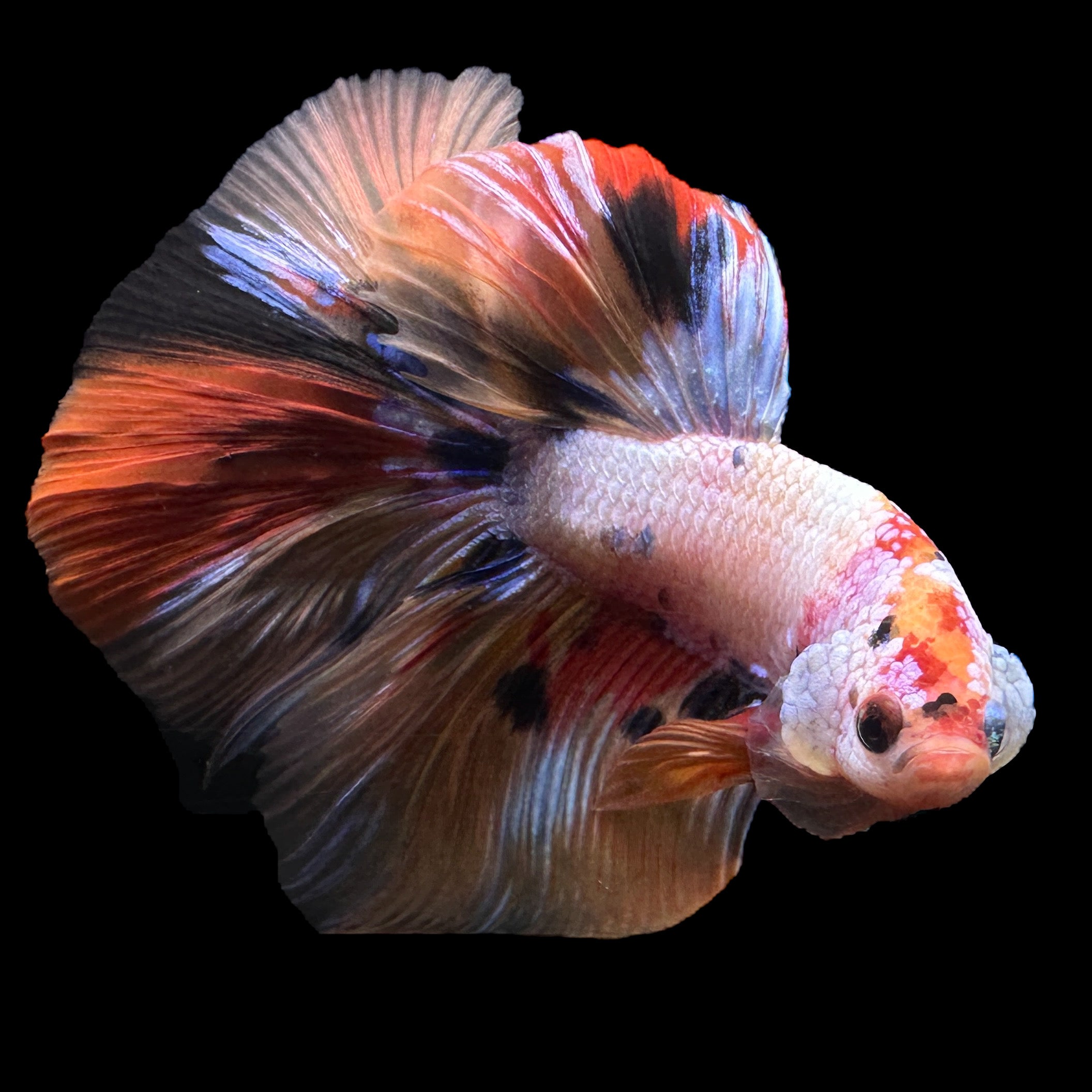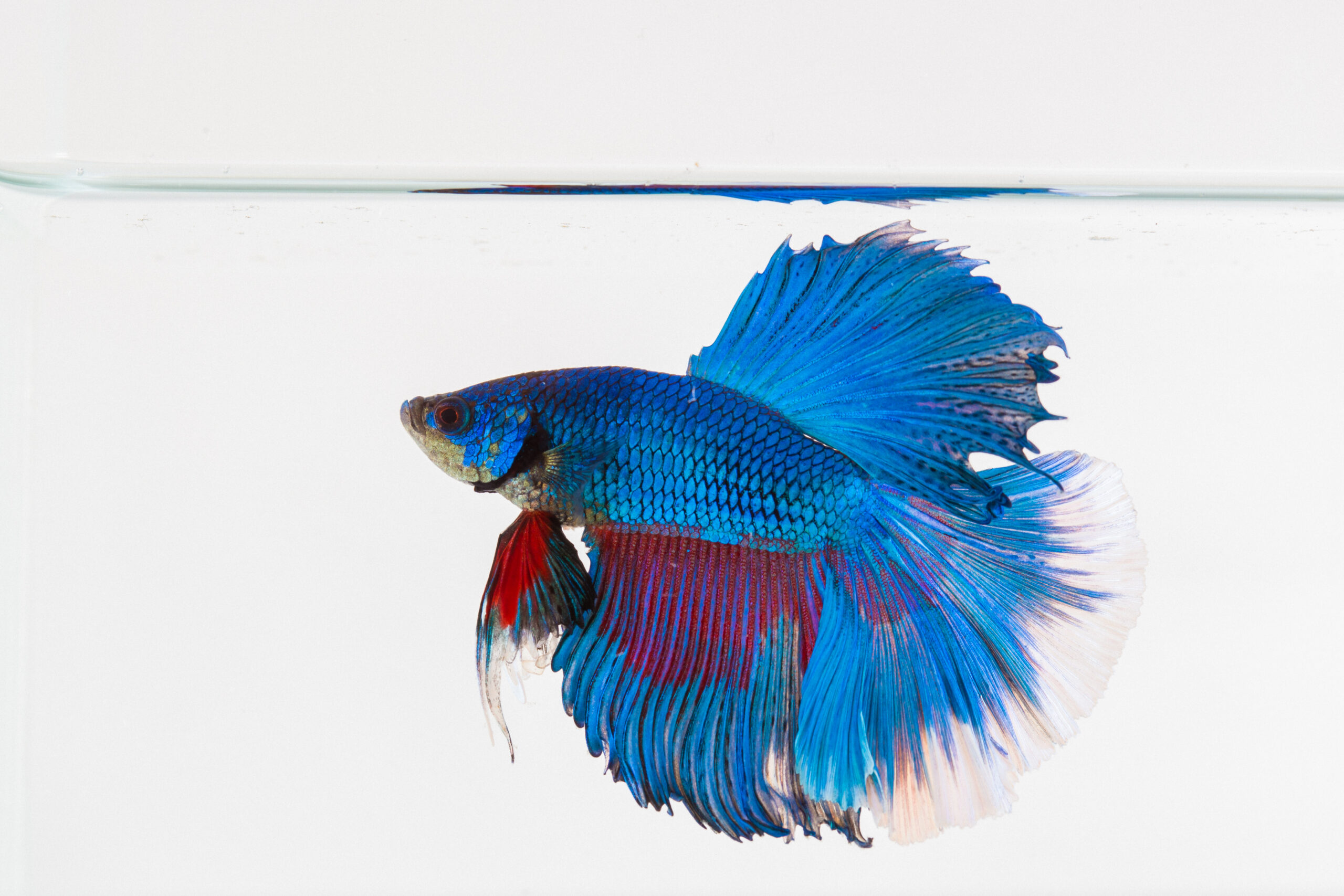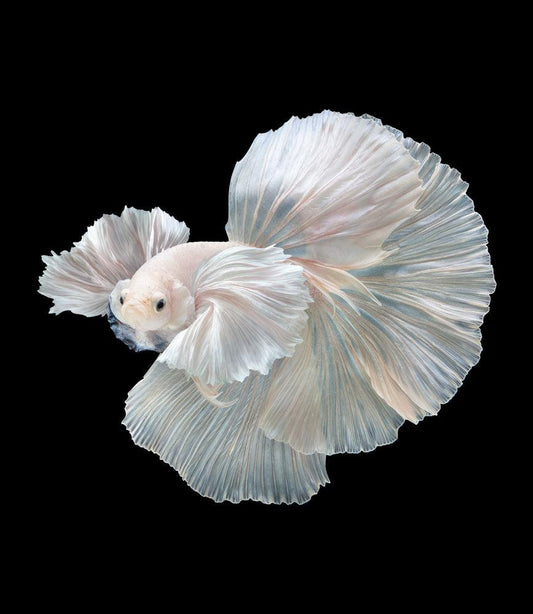Betta Fish Care: Crucial Tips for a Healthy and Satisfied Animal
Betta Fish Care: Crucial Tips for a Healthy and Satisfied Animal
Blog Article
Breeding Betta Fish: a Comprehensive Step-By-Step Overview to Efficiently Raising Baby Bettas From Eggs to Adulthood
Breeding Betta fish is a meticulous venture that calls for mindful preparation and implementation to ensure the successful advancement of fry from eggs to develop fish. As the male Betta carefully constructs a bubble nest and guards the precious eggs, the succeeding stages of care and change need interest to detail and expertise of finest practices.

Picking Breeding Pairs
When embarking on the trip of breeding Betta fish, selecting the appropriate reproduction pairs is important to accomplishing desirable characteristics and a healthy and balanced lineage - betta fish. The primary step in this process is to identify the certain characteristics you desire to enhance or protect, such as color, fin type, and physique. It is necessary to choose genetically diverse sets to prevent inbreeding, which can bring about health problems and undesirable attributes
Evaluate prospective reproducing candidates thoroughly. A healthy male Betta should show vivid shades, an energetic demeanor, and well-formed fins, while the lady needs to also present vibrant pigmentation and a rounded stomach, showing readiness for spawning. Observing the personality of both fish is essential, as hostile or overly timid individuals may not reproduce effectively.
Documents of family tree is just as important. Maintaining records of the moms and dad fish's origins can help you track genetic attributes and potential problems. Furthermore, seek advice from respectable dog breeders or online sources for guidance on picking compatible pairs. Ultimately, spending time in the choice process will considerably improve the possibility of creating strong, vivid offspring that fulfill your reproduction goals (betta fish).

Preparing the Breeding Storage Tank
Developing an optimal reproduction setting is an essential action after choosing appropriate pairs for Betta fish. The breeding storage tank should be specifically created to give comfort and boost the natural breeding habits of the fish. Start with a container dimension of a minimum of 10 gallons to make sure ample area for both the male and female Bettas.
Maintain a gentle purification system to maintain the water clean while staying clear of solid currents that can stress the fish. Furthermore, an air rock can be included in supply oxygenation without interrupting the water surface area way too much.
Temperature regulation is important; aim for a steady range of 78-82 ° F(25-28 ° C) using a dependable heater. The pH degree should be maintained in between 6.5 and 7.5, and routine water adjustments are required to make certain high water high quality.
Integrate floating plants or generating mops to develop hiding places for the female, while additionally urging bubble nest building by the man - betta fish. Lastly, ensure the container is free from sharp decorations and any type of prospective risks, as the welfare of the fish must constantly be prioritized during this important phase of breeding.
The Breeding Process
Typically, the breeding process for Betta fish entails a collection of unique and visible behaviors that show readiness for recreation. The male read the article Betta begins by developing a bubble nest at the water's surface, which works as a site for the fed eggs. This nest is essential, as it offers a risk-free setting for the eggs till they hatch.
As soon as the nest is established, the man will display courtship behaviors, such as flaring his fins and exhibiting vibrant shades to draw in the female. The female, upon noticing the male's preparedness, will certainly respond by presenting vertical red stripes along her body, signifying her receptiveness.
The fed eggs after that fall to the bubble nest, where the male meticulously collects and returns them to the nest. Following this, the male presumes obligation for safeguarding the nest and guaranteeing the safety of the eggs till they hatch out, typically within 24-36 hours.
Caring for Betta Fry
Looking after Betta fry needs careful interest to their environment and nourishment to make certain healthy and balanced growth and development. After hatching out, Betta fry are exceptionally little and at risk, requiring a steady and tidy environment. Maintaining a water temperature in between 78 ° F and 80 ° F is crucial, as Betta fry prosper in cozy conditions. Additionally, make certain that the water is devoid of dangerous toxic substances; routine water modifications of 10-20% click here now are suggested to keep ideal water quality.
Feeding Betta fry is similarly important. Originally, they need to be supplied infusoria or carefully smashed top notch fry food, as their mouths are too small to deal with larger fragments. As they grow, you can progressively introduce larger foods, such as baby brine shrimp or powdered flakes, to guarantee they obtain adequate nourishment. Feed them small amounts a number of times a day, being mindful not to overfeed, which can cause water high quality problems.
Transitioning to Adult Bettas
As Betta fry mature, transitioning them to adult Bettas is a vital stage that calls for careful management of their environment and social find more information communications. This procedure typically starts when the fry reach around six weeks of age, at which point they can be gradually introduced to a more organized living atmosphere.
To facilitate this transition, it is important to ensure that the water criteria-- such as temperature level, pH, and ammonia levels-- are ideal and secure. Adult Betta fish thrive in warm water (around 78-80 ° F) with a pH of 6.5 to 7.5. Slowly acclimate the fry to these conditions to lessen tension.
Social interactions are one more key variable; man Bettas are infamously territorial and aggressive. It is advisable to separate men right into private containers as they grow. Women Bettas can be housed together, yet care should be taken to monitor for indicators of aggression.
Furthermore, dietary changes ought to be made as the fry grow. Include high-quality pellets and live foods to sustain their growth and wellness. By managing these aspects successfully, you can advertise an effective change to the adult years for your Betta fish.

Final Thought
Effective breeding of Betta fish needs careful focus to detail throughout the entire process, from choosing genetically varied sets to supplying optimum treatment for fry. In addition, a balanced diet plan and gradual adaptation to grown-up environments are vital for the development and growth of Betta fish.
Report this page